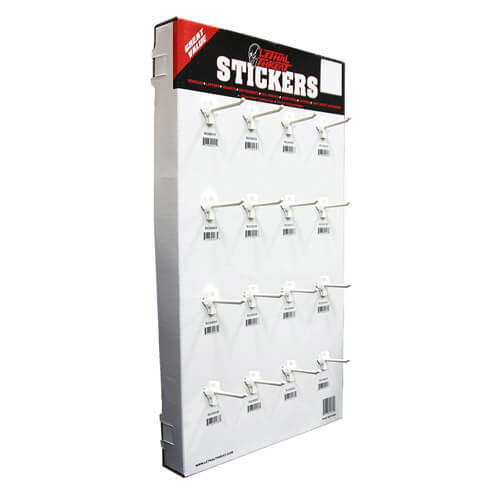<h2>1. What are the main benefits of using hook displays for shoes?
Space Efficiency: Hook displays utilize vertical space, maximizing the use of available retail space.<br />Visib
ility: Shoes are clearly visible and can be displayed in an organized manner.<br />Accessibility: Customers can easily reach and examine shoes without having to bend down or move through cluttered spaces.
Organization: Shoes are kept neat and tidy, reducing the chances of disorganization.
Cost-Effective: Hook displays are generally less expensive compared to custom-built fixtures.
2. How do I ensure that the shoes don’t fall off the hooks?
Secure Hooks: Use sturdy hooks designed specifically for hanging shoes.
Anti-Slip Coatings: Apply anti-slip coatings or rubber tips to the hooks to prevent shoes from sliding off.
Adjustable Tension: For some systems, adjustable tension can be applied to keep shoes securely in place.
<h2>3. Can hook displays be used for all types of shoes?
Yes, but the effectiveness depends on the design of the shoe. Sn
eakers, loafers, and casual shoes typically work well with hook displays. For high heels, boots, or shoes with narrow openings, specialized hooks or alternative hanging methods may be required.
<h2>4. Are there any specific types
of hooks recommended for shoes?
Standard Hooks: These are common and work well for most shoes.
S-Shooks: Useful for hanging pairs of sh
oes together.
Spring-Loaded Hooks: These can hold shoes securely without damaging them.
Custom Hooks: Designed specifically for certain types of shoes, such as high heels or boots.
5. How do I organize shoes on a hook display?
By Style: Group similar styles together (e.g., all sneakers in one section).
By Size: Arrange shoes by size, making it easier for customers to find their fit.
By Color: Organize shoes by color for a visually appealing display.
By Brand: If multiple brands are present, group them by brand.
6. Are hook displays easy to set up and maintain?
Setup: Most hook displays are relatively easy to assemble and install. Instructions are usually provided.
Maintenance: Regular cleaning and occasional reorganization are necessary to keep the display looking its best.
7. How durable are hook displays?
Durability: The durability depends on the quality of the materials used. High-quality cardboard or plastic hook displays can last for a long time if properly maintained.
Replacement: Hooks are often replaceable, so even if one breaks, the entire system doesn’t need to be replaced.
8. Are there any environmental considerations when using hook displays?
Materials: Look for displays made from recyclable materials such as cardboard or eco-friendly plastics.
Recycling: Ensure that the materials used can be easily recycled at the end of their life cycle.



















